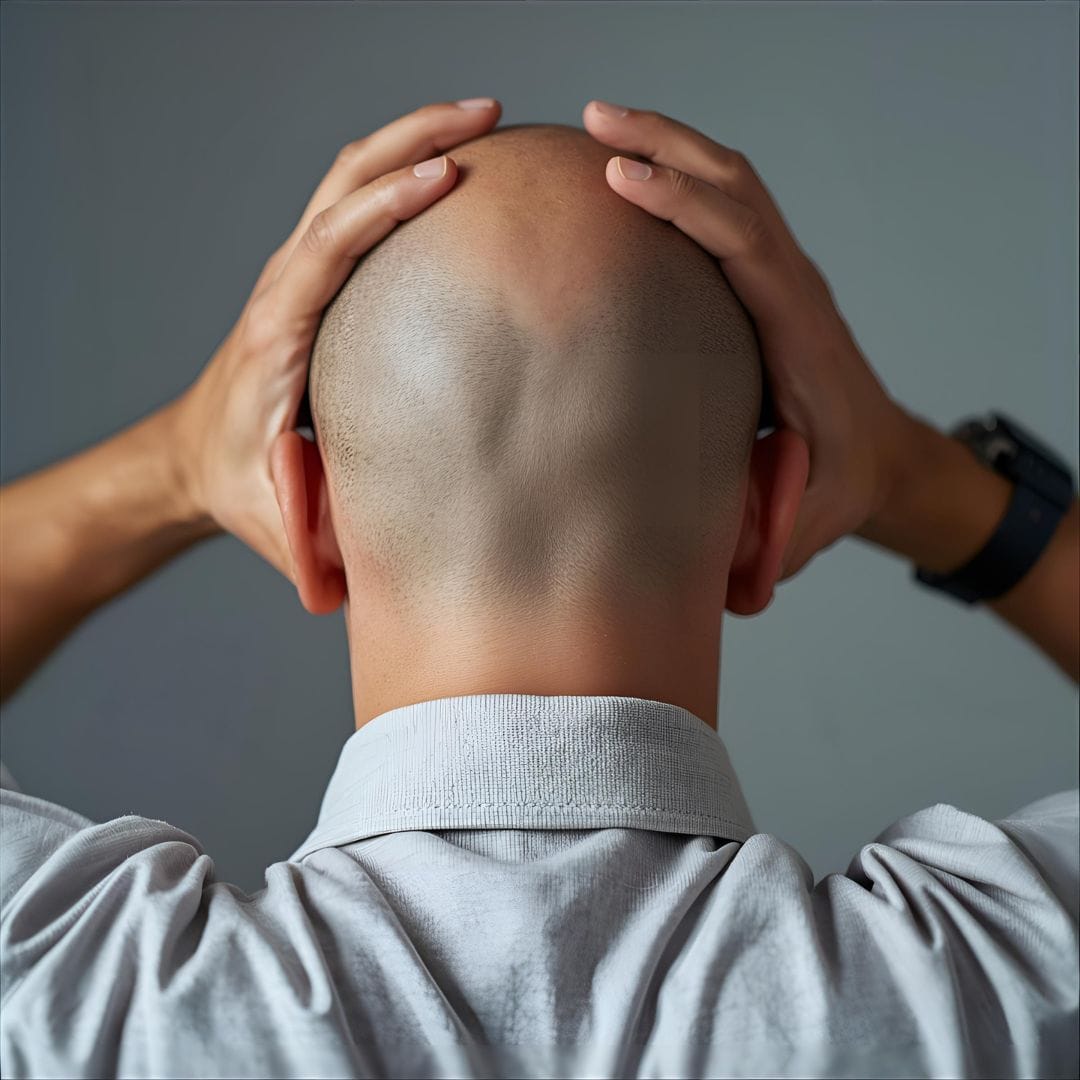Disclaimer: This content is for informational purposes only and should not replace professional medical advice.
Let’s be real: hair loss hits harder than just your looks. For men (and plenty of women too), thinning hair messes with confidence, social life, and even how old people think you are. The frustrating part? The market is overflowing with “miracle shampoos” and “secret formulas” that promise to bring back your high school hairline in 7 days. Spoiler alert: if it sounds too good to be true, it probably belongs in the same category as unicorns and honest car salesmen.
So, what actually works? What’s backed by science, and what’s just marketing smoke? Let’s break it down — myths, proven treatments, and what the future might bring.
What Really Causes Hair Loss
The #1 culprit for male pattern baldness is androgenetic alopecia. Translation: your genes plus hormones. A little hormone called DHT (dihydrotestosterone) shrinks your hair follicles over time, until the once-thick strands turn into peach fuzz and eventually… nothing.
Other factors like stress, poor nutrition, or medical issues can add fuel to the fire, but for most guys, it’s the DHT/genetics combo driving the receding hairline.
Treatments That Actually Work (Science-Approved)
Here’s the truth: there are no instant fixes. But some options have strong scientific backing and real results — as long as you stick with them.
Minoxidil
Topical solution you rub on your scalp. It boosts blood flow and extends the hair growth phase. Studies show that 5% minoxidil can help men with mild to moderate hair loss regrow thicker strands.
Downside: You’ve got to apply it every day, forever. Stop, and your gains vanish faster than New Year’s resolutions.
Finasteride
The big gun. An oral pill that blocks the conversion of testosterone into DHT. This reduces follicle damage and helps slow — or even reverse — thinning. Many men see visible regrowth, especially at the crown.
Downside: Possible side effects include lower libido for some users. It’s prescription-only, so you’ll need a doctor’s guidance.
Dutasteride
Like finasteride but stronger — it blocks more types of the DHT-producing enzyme. Research suggests it can be even more effective, but side effects may also hit harder. Not FDA-approved for hair loss everywhere, so it’s usually off-label.
Low-Level Laser Therapy (LLLT)
Think of it as “laser yoga for your scalp.” Special helmets or combs emit low-level red light that stimulates follicles and improves density. It works for some users, but consistency and patience are key.
Hair Transplants
A surgical option where healthy follicles (usually from the back of your head) are transplanted to balding areas. When done right, the results look natural and permanent.
Downside: Expensive, time-intensive recovery, and doesn’t stop future hair loss in untreated areas.
What’s Next? New Research That Looks Promising
Science is still searching for the holy grail of hair restoration. A few exciting avenues:
- PP405 Molecule (UCLA): May “wake up” dormant hair stem cells and grow real, thick strands — not just fuzzy peach fuzz.
- 2-deoxy-D-ribose (2dDR): A sugar molecule that boosted hair regrowth in mice, performing as well as minoxidil in lab tests. Sweet, literally.
- JAK-STAT Inhibitors: These drugs target signaling pathways that could reawaken shut-down follicles.
Promising? Yes. Available at your local drugstore? Not yet. Stay tuned.
What Definitely Doesn’t Work
Save your money on these “solutions”:
- Miracle shampoos: They clean your hair, sure. But regrow it? Nope.
- Essential oils & scalp massages: Relaxing, yes. Reversing baldness, no.
- Supplements (unless deficient): If you’re low on iron, vitamin D, or zinc, supplements help. But generic “hair vitamins” won’t outsmart your genetics.
If a product promises to “stop hair loss in 7 days” — that’s your sign to run, not buy.
Practical Game Plan if You’re Losing Hair
- Act early. The sooner you start, the more hair you can save.
- See a dermatologist. Rule out medical issues and get professional advice.
- Stick to proven treatments. Minoxidil and finasteride are the A-team.
- Be patient. Results often take 3–6 months. No instant gratification here.
- Keep expectations real. A widow’s peak won’t magically disappear. Severe baldness usually needs transplants.
- Live healthier. Good sleep, balanced diet, stress control, no smoking. Your scalp (and the rest of your body) will thank you.
Conclusion
There’s no magic potion for hair loss — at least not yet. But science has already given us effective tools: minoxidil, finasteride, dutasteride, laser therapy, and transplants. They won’t restore a 1990s boy-band hairline overnight, but they can absolutely slow, stop, and even reverse thinning for millions of people.
And the future looks exciting: new molecules and cutting-edge therapies could bring even better options. Until then, the smartest move is to stick with treatments that actually work and skip the snake oil.
Because when it comes to hair, hope isn’t a strategy — science is.
This article is for informational purposes only and is not a substitute for professional medical advice, diagnosis, or treatment. Always consult a qualified healthcare provider before making any decisions about your health or starting a new regimen.

